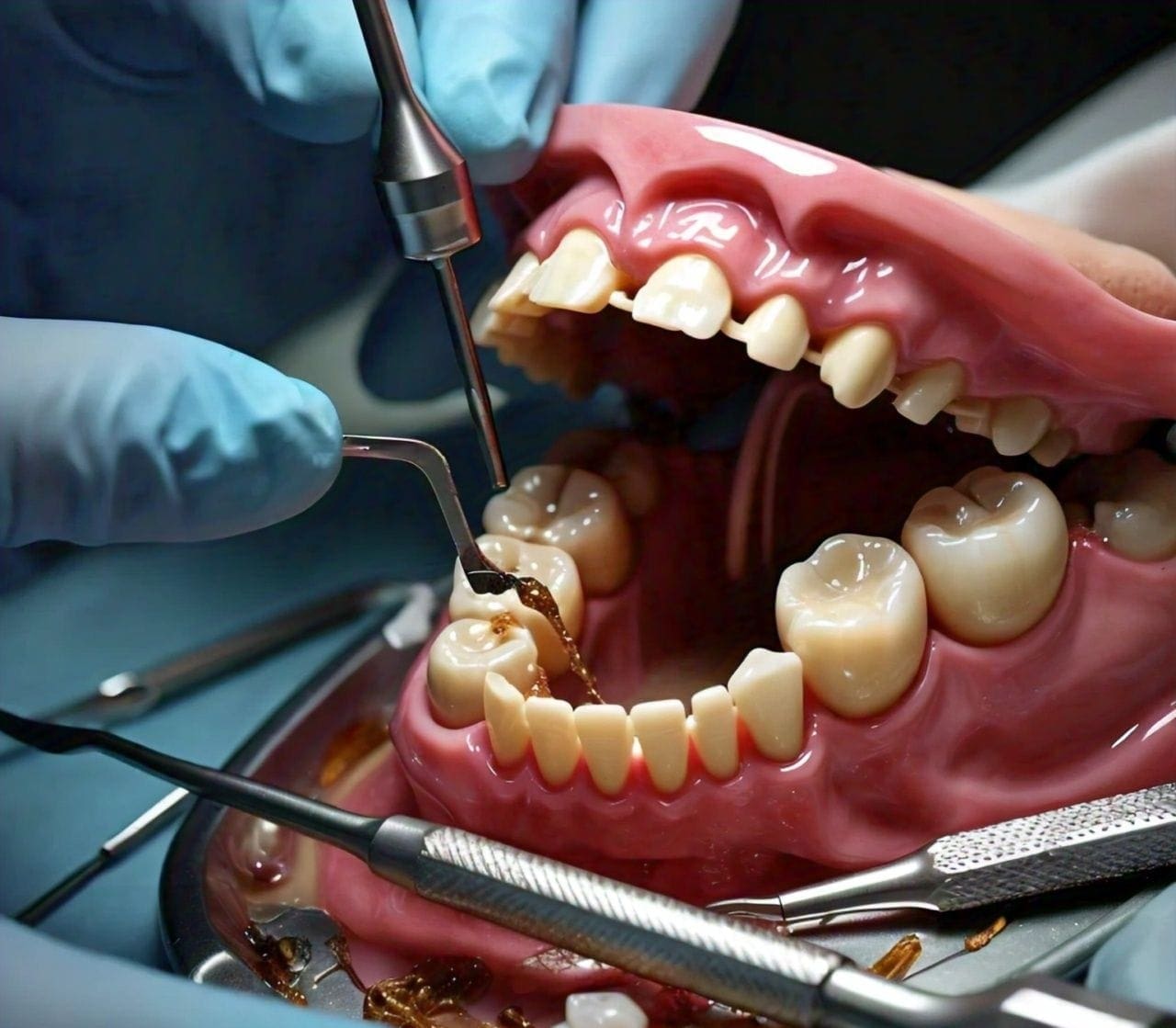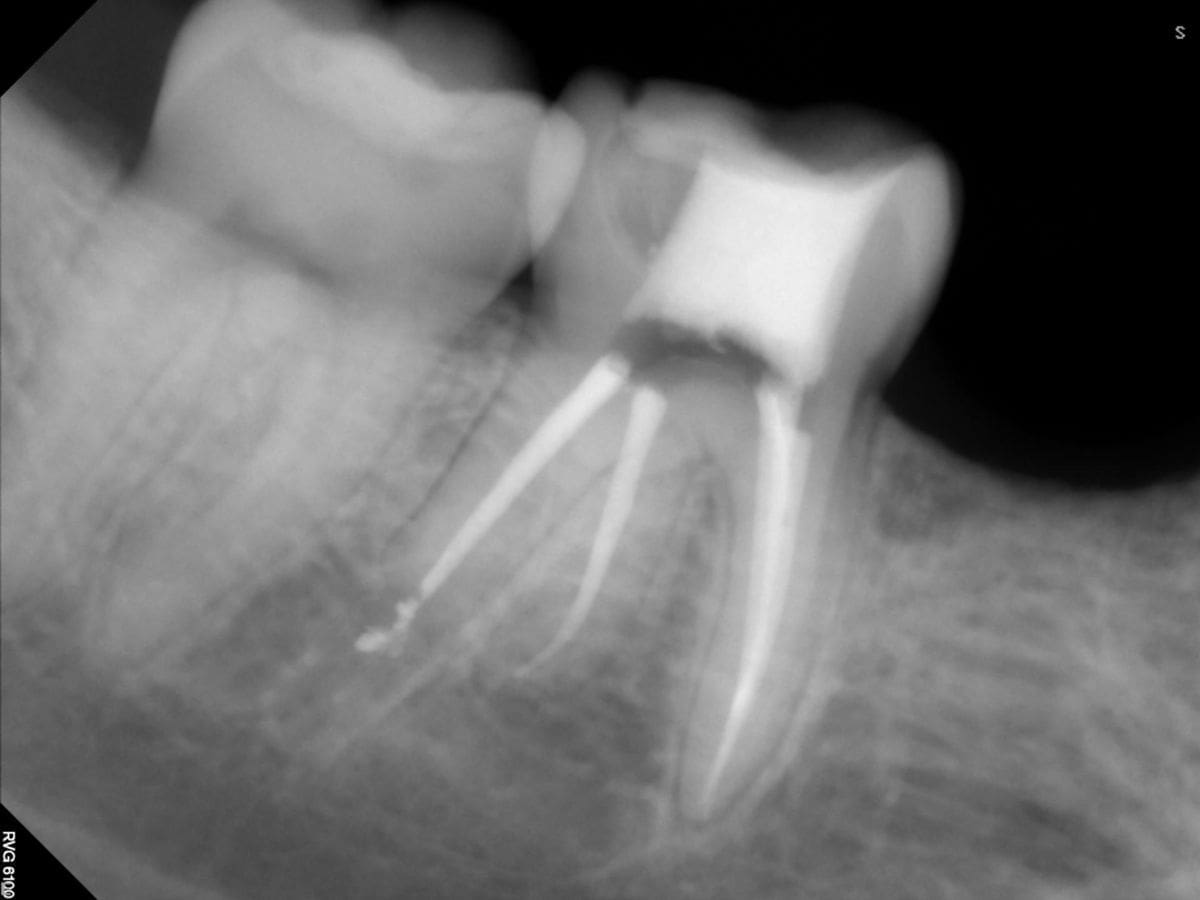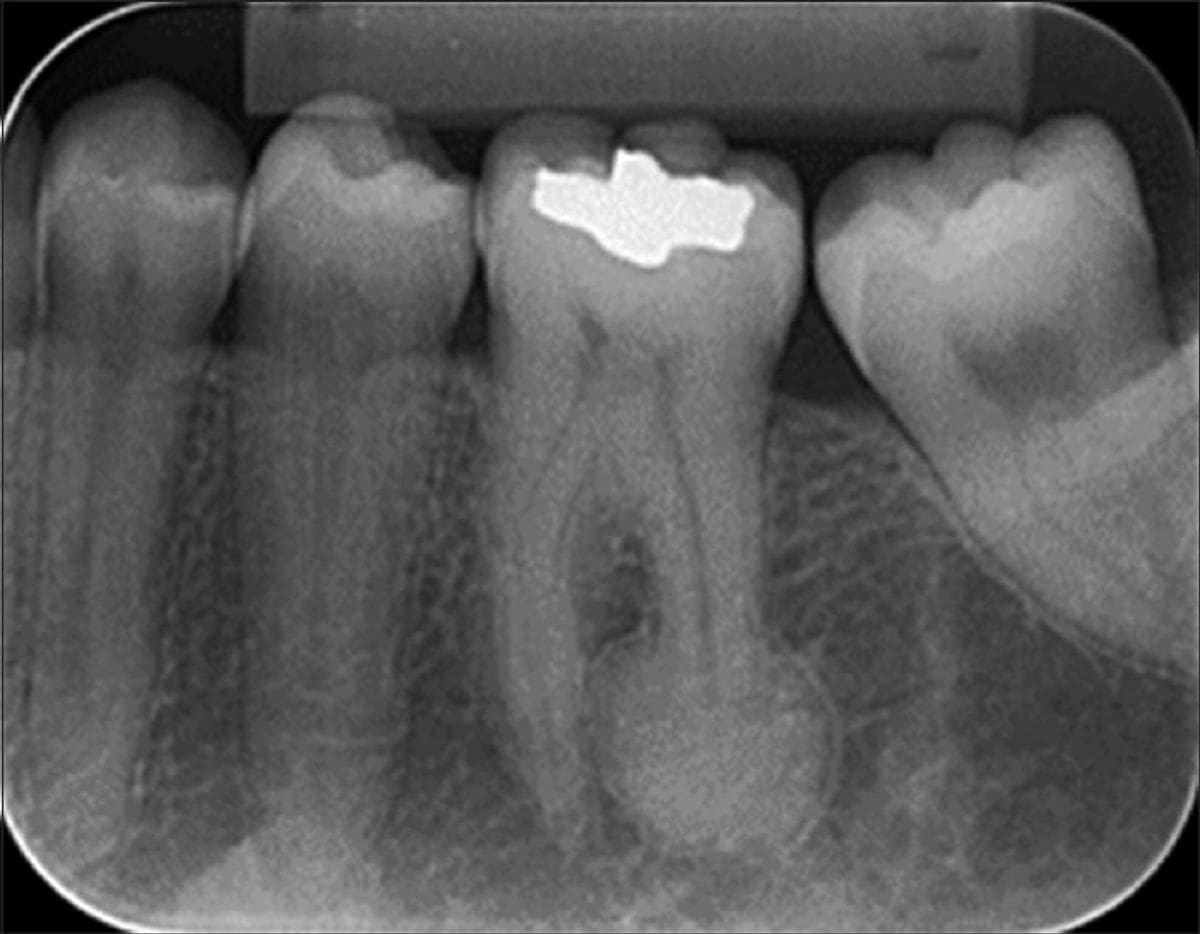
Root Canal Therapy | Southborough Dental Partners-MA
Root canal therapy stands as a beacon of hope for those suffering from infected teeth. Moreover, this article delves into the complexities of dental abscesses, highlighting the importance of timely intervention, and discussing innovative procedures that restore health and function to afflicted teeth. Additionally, we explore how bone grafts revitalise both teeth and bone, ensuring a stable foundation for future dental work. Understanding these topics is vital for anyone facing factorial pain, considering oral surgery, or seeking to maintain a healthy smile.
Key Takeaways
- Timely identification and treatment of dental abscesses can prevent the spread of infection and alleviate orofacial and TMJ pain.
- Bone grafts play a pivotal role in dental health by combating bone loss from periodontal disease and enhancing the success of future dental implants.
- Understanding the tooth/bone connection is crucial for timely intervention and preventing long-term complications associated with tooth loss.
The Hidden Culprit: Dental Abscess and Abscessed Tooth

Identifying the Signs of Orofacial and TMJ Pain
Orofacial and TMJ pain can manifest in various ways, often disrupting daily activities and overall quality of life. Additionally, chronic jaw pain, a hallmark of temporomandibular joint disorder, affects millions, with symptoms that extend beyond the jaw itself.
Key indicators of TMD include:
- Persistent discomfort in the jaw, cheek, or ear
- Difficulties chewing and a limited range of mouth movement
- Audible clicking or popping sounds in the jaw during movement
- Frequent headaches, ear pain, and neck or shoulder tension
Early detection and intervention are essential for managing TMD effectively. Additionally, a comprehensive TMJ exam can diagnose the condition, allowing for a tailored treatment plan that addresses the unique needs of each individual. Moreover, understanding these signs is the first step towards seeking relief and preventing further complications.
The Role of Oral Surgery in Alleviating Discomfort
Oral surgery can be a critical step in resolving persistent factorial pain that affects daily life. Specialized oral surgeons are adept at diagnosing and treating conditions that cause discomfort in the face, mouth, teeth, and jaws. Effective intervention often leads to significant pain relief and improved quality of life.
When considering oral surgery, patients have various sedation options to ensure a comfortable experience. These include:
- Oral sedatives for a calming effect
- Nitrous oxide for relaxation
- IV sedation for a deeper state of calm
Each option caters to different levels of anxiety and dental history, with guidance provided by the dentist to select the most suitable method. Oral surgery, combined with appropriate sedation, breaks the cycle of dental anxiety, allowing patients to receive necessary treatments in a stress-free environment.
Understanding the Tooth/Bone Connection for Timely Intervention
The jawbone’s health is directly influenced by the presence and use of teeth. Furthermore, when a tooth is lost, the jawbone no longer receives the necessary stimulation from chewing, leading to bone resorption and a host of subsequent issues. This underscores the importance of timely intervention to prevent bone loss and maintain oral health.
Key steps to address tooth loss include:
- Prompt consultation for dental implants after tooth loss or extraction.
- Considering bone grafting to preserve the jawbone structure post-extraction.
- Regular dental checkups to monitor bone health and prevent further deterioration.
Understanding this connection is vital for both patients and dental professionals. It informs treatment decisions and can lead to more successful long-term outcomes, including the stability and success of dental implants.
Revitalizing Teeth and Bone: The Impact of Bone Grafts

Combating Periodontal Disease-Induced Bone Loss
Periodontal disease can lead to significant bone loss, undermining the stability of natural teeth and the potential for future dental interventions. Moreover, bone grafts serve as a pivotal treatment in reversing the damage caused by this condition, promoting bone regeneration and providing the necessary support for teeth at risk of displacement.
The process of bone grafting involves several steps:
- Assessment of the extent of bone loss
- Selection of the appropriate graft material
- Surgical placement of the graft
- Post-operative care and monitoring for successful integration
By following these steps, dental professionals can effectively restore the jawbone’s integrity, ensuring a solid foundation for both existing teeth and any potential dental implants. This not only preserves the patient’s natural dentition but also opens the door to future restorative options should they become necessary.
Enhancing Healing and Future Implant Success Post-Tooth Extraction
The strategic placement of bone grafting material in the socket post-tooth extraction is not just about immediate healing—it sets the stage for future dental work. This proactive measure ensures a solid foundation for dental implants, enhancing the likelihood of successful osseointegration, where the implant fuses with the bone.
- The bone graft acts as a scaffold, promoting new bone growth.
- Moreover it maintains the shape and volume of the jawbone, preventing the ‘sunken’ look often associated with tooth loss.
- By preserving the bone structure, it facilitates the placement of implants that are stable and aesthetically pleasing.
Osseointegration is a pivotal phase post-implant placement, during which the implant integrates with the jawbone. Additionally, a successful graft not only supports this process but also fortifies the implant, contributing to the overall health of the jaw. Furthermore, post-procedure care, including proper hygiene and regular dental check-ups, is crucial for the long-term success of the implant and the preservation of oral health.
The Crucial Role of Bone Grafts in Dental Implant Stability
Bone grafts play a pivotal role in the success of dental implants. They are the foundation that ensures the jawbone is sufficiently strong and dense to support an implant. Furthermore, the integration of the bone graft is a critical step that precedes the placement of the titanium post and the affixing of the dental crown, which together provide a durable and aesthetically pleasing tooth replacement.
The process of transitioning from bone graft to dental implant is carefully staged and varies in duration. Moreover, factors influencing the timeline include the size of the bone graft and the complexity of the implant procedure. Here are some key points to consider:
- The bone graft material promotes healing and prepares the jawbone for future implants after tooth extraction.
- A successful bone graft creates a robust environment for the implant, enhancing both the function and appearance of the teeth.
For those with compromised jawbone strength, bone grafting is an essential step towards achieving a confident and functional smile. Moreover it is a transformative procedure that not only supports dental implants but also contributes significantly to overall oral health.
Conclusion
Root canal therapy stands as a pivotal treatment in preserving the health and functionality of teeth compromised by infection or decay. Additionally this article has illuminated the intricate process of root canal therapy. Role in saving natural teeth, and the importance of timely intervention to prevent further complications. Moreover, understanding the signs of dental abscesses and the necessity of procedures like bone grafting post-extraction underscores the significance of maintaining oral health. As we’ve explored, root canal therapy is not just a remedy for pain but a preventive measure against tooth loss and a cornerstone for dental restoration. Additionally, it is essential for individuals to recognize the symptoms of dental issues and seek professional care promptly to ensure the longevity of their dental well-being.
